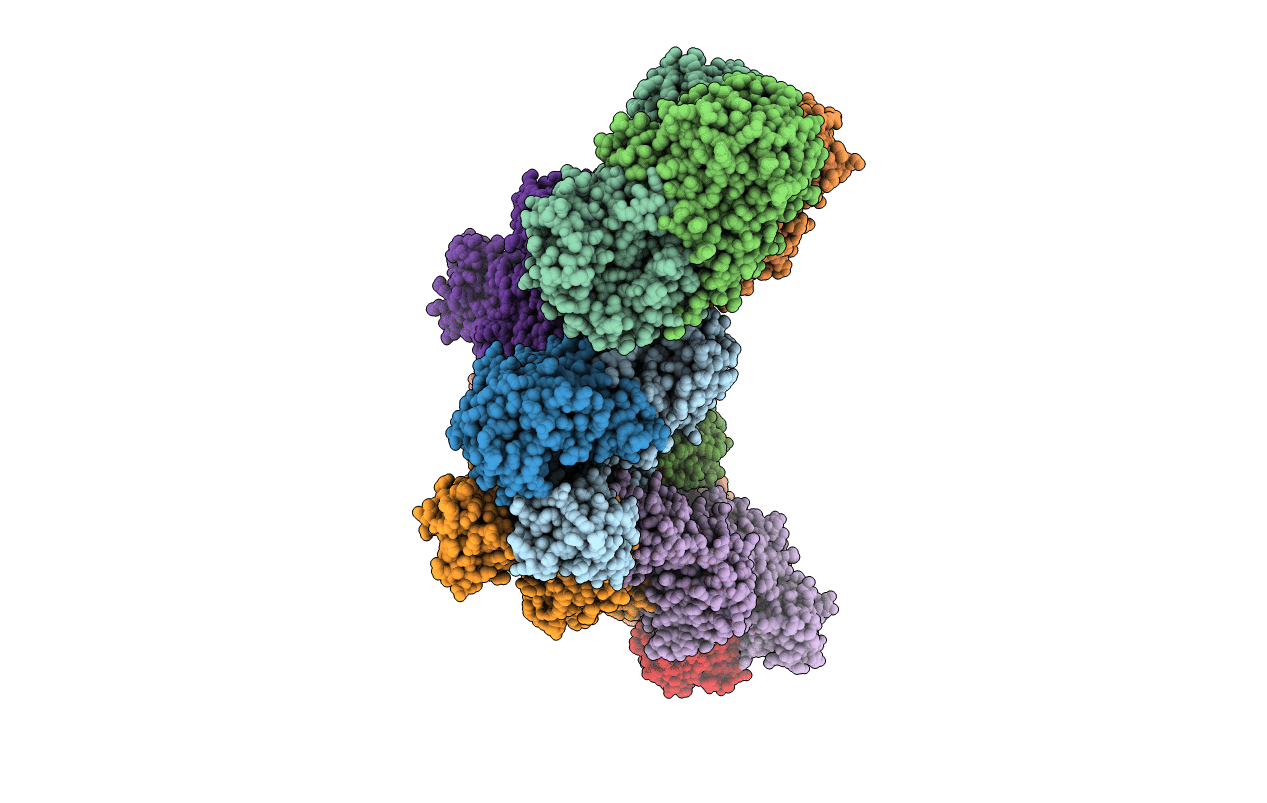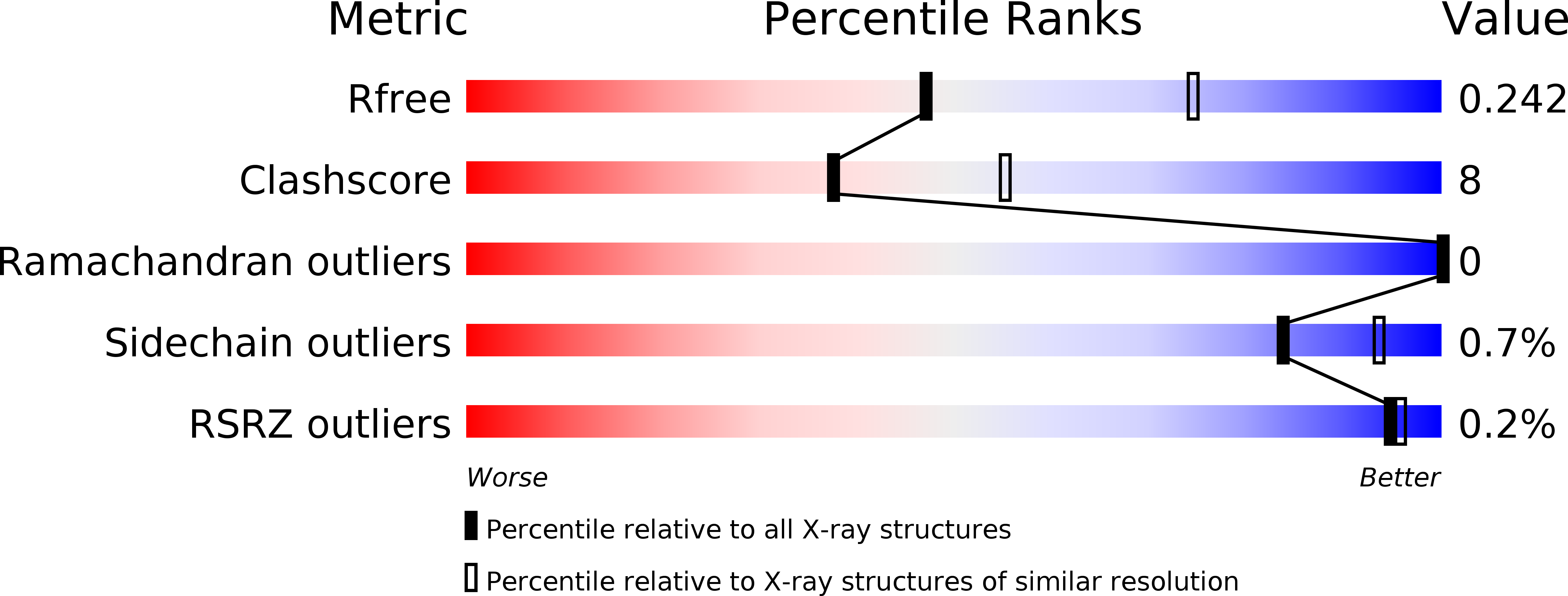
Deposition Date
2013-08-13
Release Date
2014-08-13
Last Version Date
2024-05-08
Entry Detail
PDB ID:
4C1N
Keywords:
Title:
Corrinoid protein reactivation complex with activator
Biological Source:
Source Organism:
CARBOXYDOTHERMUS HYDROGENOFORMANS (Taxon ID: 129958)
Host Organism:
Method Details:
Experimental Method:
Resolution:
2.53 Å
R-Value Free:
0.24
R-Value Work:
0.19
R-Value Observed:
0.19
Space Group:
P 1


